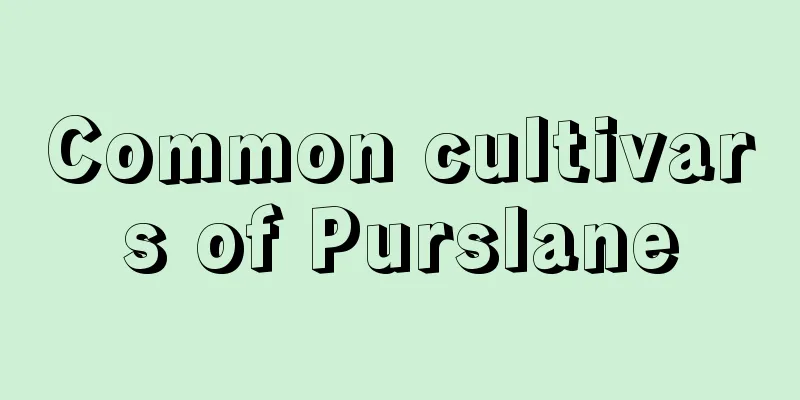Diseases and prevention methods of Aspidistra

Diseases of Aspidistra: AnthracnoseSymptomsAnthracnose of Aspidistra often occurs on the leaf edges or surfaces. The lesions of anthracnose are nearly circular and grayish white or grayish brown. The outer edge is yellowish brown or reddish brown, and small black spots arranged in a wheel appear in the later stage. In addition to the leaves, the petioles and stems can also be infected, producing striped markings. This disease occurs 2 to 3 times a year in the south and less frequently in the north, with a peak incidence each year. Continuous rainfall and hot and humid environment lead to more severe disease. Prevention and treatment methodsWhen diseased leaves are found, cut them off and burn them in time to reduce the source of infection. Take precautions and move the plants to a relatively dry place and keep them ventilated before the rainy season arrives. You can spray 50% Spray-K once every 10 days, and spray continuously 3 to 4 times. If necessary, spray potassium dihydrogen phosphate solution to enhance the plant's resistance to pesticides. Diseases of Aspidistra: Botrytis cinereaSymptomsGray mold mainly occurs on the edges of leaves, producing water-like spots from the edges of the leaves. When the environmental humidity is high, the spots will gradually expand, and the edges of the leaves will gradually show irregular withering. After continuous rain and cloudy weather, the humidity is high and lasts for a long time, and sparse gray mold may grow. The disease is prone to spread under high humidity and temperature conditions around 20 ℃. Prevention and treatment methodsStrengthen maintenance. Aspidistra likes moisture, so you can choose a place with a humid and well-ventilated environment for maintenance. The light should not be too strong, otherwise it is easy to get sick. If sporadic diseased plants are found, spray 65% carbendazim wettable powder in time. If the disease is serious, the diseased plants should be removed in time and sprayed with fungicides to ensure that the remaining plants grow well. Diseases of Aspidistra: Leaf spotSymptomsAlso called black spot disease, brown spot disease, etc. In the early stages of the disease, black spots will appear in the middle of the leaves, and the leaves will gradually turn yellow and fall off. This disease is often caused by hot, humid, and windy conditions. Prevention and treatment methodsImprove the maintenance environment in time, ventilate in time, and lower the ambient temperature. In the early stages of the disease, the affected leaves can be removed and cleaned. Then spray Bordeaux mixture for prevention and control, spray once every 7 days, 4 to 5 times will be enough. |
<<: Platycodon grandiflorum pests and diseases and their control methods
>>: Disease prevention and control methods of colorful taro (colorful taro)
Recommend
Is jujube a fruit or a vegetable?
Are red dates fruits or vegetables? Red dates are...
What to do if the leaves of the fortune tree have spots
1. Disease problem (1) Specific reasons: There is...
How many years can potted taro live?
1. How many years can you live? Under normal circ...
How to grow hydroponic cactus
1. Suitable temperature Whether it is hydroponics...
What is the best month to plant edible lilies?
When to plant edible lilies Edible lilies are usu...
How to prune old wintersweet and when to prune it
1. Pruning method When pruning old stumps, the ma...
How does the Black Mage spend the summer?
Black Mage's dormant features When the black ...
What fertilizer is best for camellia?
Fertilizing Camellia Camellia is a fertilizer-lov...
In summer, when growing flowers, you should change pots, expose to the sun and apply concentrated fertilizer.
Can't change the pot Reasons for growing flow...
How to propagate peace tree
1. Cutting time Generally speaking, cuttings are ...
When is the best time to plant rose seeds?
Rose seed planting time Rose is a biennial plant....
Can hydrangea cuttings survive?
Can hydrangea cuttings survive? Hydrangea cutting...
How to fertilize and water your fern
Fertilization cycle of Nephrolepis Firstly, the k...
Is Begonia suitable for growing at home?
1. Is it suitable? If the cultivated variety of c...
Advance knowledge on succulent care in May
May succulent care: light "Summer-type"...









